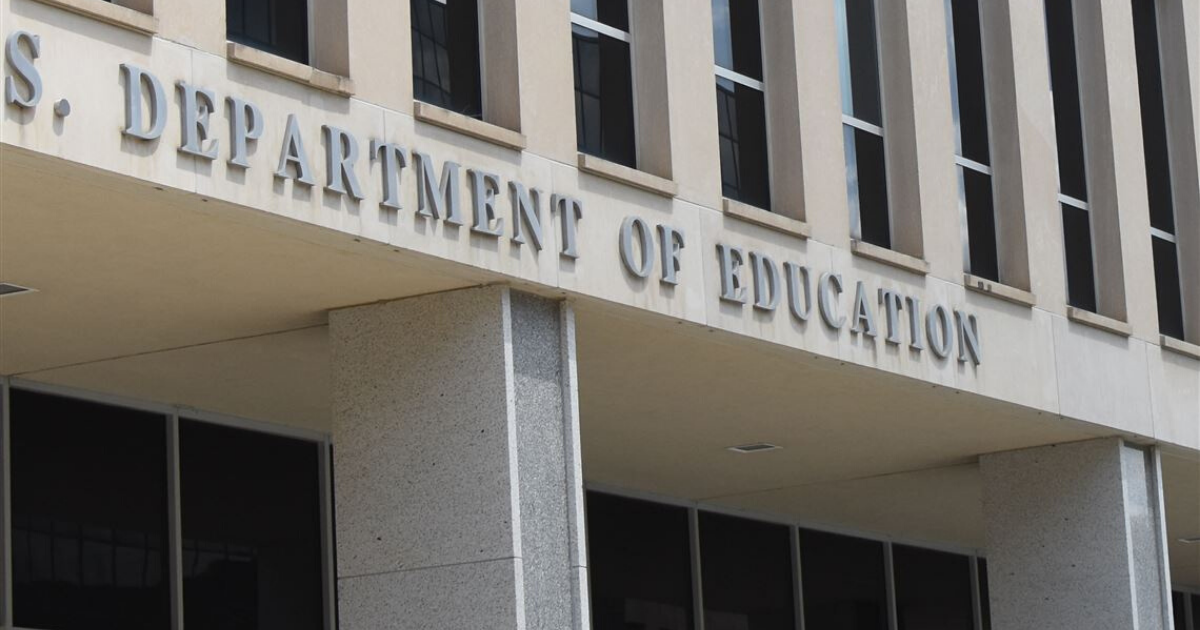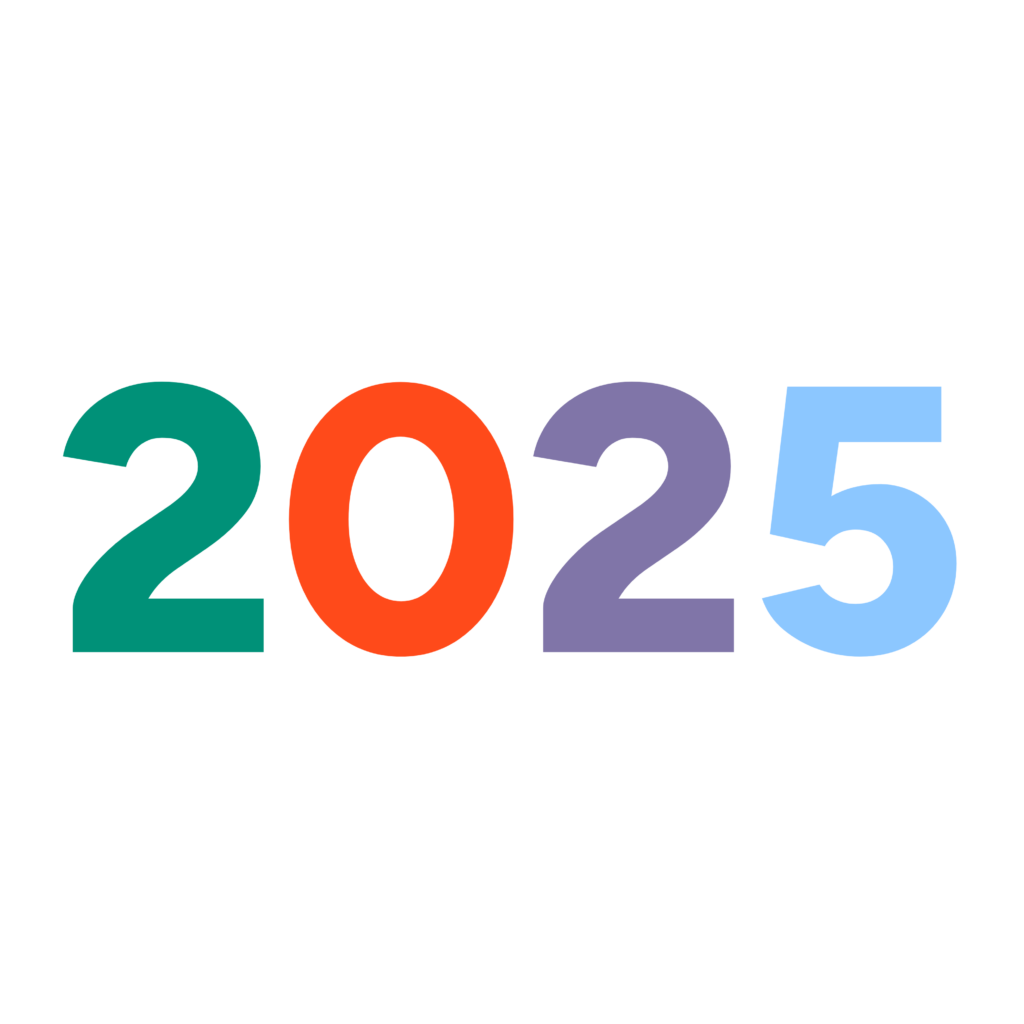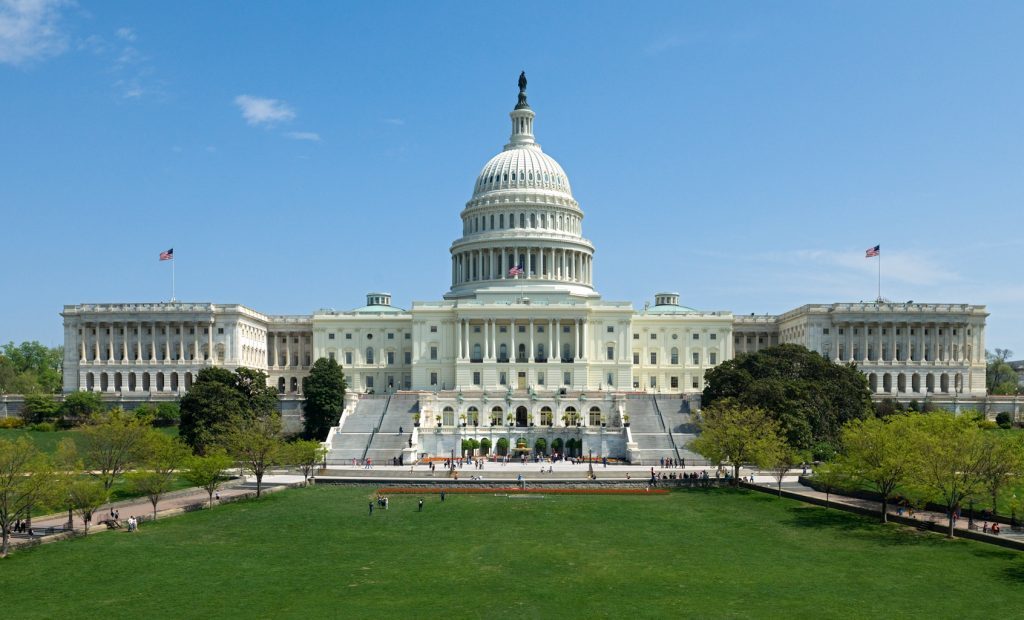FAQs on Child Care, Early Learning, and the U.S. Department of Education

In March, President Trump signed an executive order that directs the Secretary of Education “to the maximum extent appropriate and permitted by law, take all necessary steps to facilitate the closure of the Department of Education.” This directive has caused concern and generated many questions regarding the actionable power of this executive order (EO) as well as the future of the U.S. Department of Education (ED). To follow are answers to some frequently asked questions (FAQs) regarding these topics. This document could not possibly answer all of the questions people have in such uncertain times, but it is intended to answer some that are top of mind. FFYF intends to add to this FAQ as more information becomes available.
Can the Trump Administration’s Executive Order (EO) abolish the U.S. Department of Education (ED)?
The administration on its own cannot completely dissolve the U.S. Department of Education (ED) because the president does not have the legal authority to do so. In 1979, Congress passed the Department of Education Organization Act (Public Law 96-88), which was then signed into law by President Carter, combining offices from several federal agencies to create the U.S. Department of Education. Federal law then requires the administration (the president and executive branch) to carry out the functions of the statute. Additionally, federal law prevents an administration from impounding, or withholding funds that Congress has already appropriated in a budget, as has been done through the appropriations process whereby Congress has funded programs administered by ED. Therefore an act of Congress is required to dismantle the department.
Despite the laws protecting the dissolvement of ED, the administration is taking steps to make it very difficult for the department, and the programs within it, to fulfill their missions. For almost 50 years ED has played an important role in supporting the education of children from early childhood through postsecondary education and career training. It has been particularly instrumental in protecting the rights of children with disabilities. As of the end of March 2025, over 2,000 ED employees had been fired, which is more than 50% of ED’s workforce. A coalition of 21 Democratic attorneys general have sued the Trump administration stating that the dismissals were illegal.
What is ED’s role in funding early learning compared tovs K-12 education?
The federal role in early childhood differs greatly from how it applies to public primary and secondary education. In K-12, state and local funding make up about 44% and 43% of funding, respectively, and federal funds account for less than 14%. State and local funds cover most of the operating costs for public schools, while federal funds typically supplement state and local dollars to fund specific programs or services for underserved student populations, such as students with disabilities. Since early learning is not compulsory in the U.S., ED’s early learning portfolio is mainly run through the Office of Innovation and Early Learning (IELP) and the Office of Special Education Programs (OSEP) whose core responsibilities are to support children with disabilities and low income children. Both work in close collaboration with the U.S. Department of Health and Human Services (HHS).
What child care and early learning programs are administered by ED?
The two primary federal programs that support child care and early learning – the Child Care and Development Block Grant (CCDBG) and Head Start– are both administered by HHS. However, there are several funding streams and programs within ED that impact children from birth through age five:
- Individuals with Disabilities Education Act (IDEA), ensures children with developmental delays and disabilities are provided a free appropriate public education by ensuring they receive the necessary services and support to learn alongside their peers.
- Part C – Infants and Toddlers (serves children ages 0 to 2)
- Part B, Section 619 – Preschoolers (serves children ages 3 through 5)
- Title I of the Every Student Succeeds Act (ESSA), provides vital funding to schools that serve students from low-income families, including children under age five.
- Child Care Access Means Parents in Schools (CCAMPIS) in Title IV of the Higher Education Act, is a competitive federal grant program that provides campus-based child care to low-income college students.
- Preschool Development Grant Birth through Five (PDG B-5), is a competitive federal grant program jointly administered by HHS and ED that empowers states to increase the quality and efficiency of existing early learning programs and systems, by better aligning programs, engaging parents, and disseminating best practices.
In addition to these, there are multiple other programs/funding streams within ED whose reach includes pre-K students or younger.
Does this EO impact child care?
The EO does not directly impact the two primary federal child care programs: CCDBG and Head Start. However, child care is often a catch-all term used by people to mean preschool, daycare, early learning, or other places that take care of children while their parents are at work or school. If any of the various funding streams in ED that serve children before kindergarten entry are ended, limited, or moved to other agencies, there will likely be an impact on who is served and how the programs function.
It is also common for child care programs to blend funding from multiple sources, including federal programs, state or local resources, and private pay families. For example, a child care program might receive most of its funding through CCDBG subsidies, but also participate in CCAMPIS, which supports child care access for student parents pursuing higher education and is administered by ED. As most child care programs operate on very thin margins, the elimination of any source of funding might impact their ability to serve children and ultimately keep their doors open.
Does this EO impact preschool/pre-K?
The terms preschool/pre-kindergarten(pre-K) generally describe early learning programs that serve children ages three through five in the year(s) prior to kindergarten entry. Pre-K programs are funded in a variety of ways, but most public pre-K is funded and administered at the state level. Almost all states currently have public pre-K programs in place, though access, design, and quality vary significantly from state to state. Roughly 1.75 million children are enrolled in state-funded pre-K, that’s about 37% of four-year-olds and 8% of three-year-olds. Another 527,000 children attend Head Start for pre-K. Millions more attend privately-funded programs, locally-funded programs, and those supported with CCDBG subsidy dollars. Pre-K programs funded primarily through these methods may not be directly impacted by this EO.
However, many states and localities use their ESSA Title I dollars to support pre-K. Title I, which provides funds to schools that serve students from low-income families, received more than $18.3 billion in the current fiscal year. And in the 2021-22 school year, 63 percent of public schools and 62 percent of public charter schools were eligible for Title I funding. There is limited national public data on how many pre-K programs are supported by Title I, but funding changes would impact the early learning programs that it supports.
In addition to TItle I, there are multiple other ED funding streams and programs that are not necessarily specific to pre-K, but encompass pre-K students. For instance, there are provisions throughout ESSA to support early learning, such as Title II, Part A, which allows funds to be used to support the professional development of early educators. Another important area is ED’s Civil Rights Data Collection, which includes data on preschool enrollment and discipline that have been instrumental in shaping state policy. Changes to the funding levels, regulations, and administration of these federal programs would impact the early learning programs in their purview.
How is Title I of the Every Student Succeeds Act (ESSA) used to support early learning?
The Every Student Succeeds Act (ESSA), the nation’s primary federal public education law, incorporates early learning throughout. This includes Title I, which provides supplemental financial assistance to school districts serving high numbers of children from low-income families. In 2024, ED released updated non regulatory guidance on how Title I, Part A of ESSA can be used for early learning. The resource answers many questions that state and local policymakers may face when determining whether and how to use Title I funds to support preschool. This updated guidance is intended to complement guidance that ED released back in 2016.
The guidance explains that Title I funds can serve eligible children from birth to the age at which LEAs provide free public school, however, the focus is usually on preschoolers ages three to five. Any local education agency (LEA) or school that receives Title I funds may use those funds to operate a preschool program. Title I funds can provide a school-operated preschool program, a district-operated program, or can be used to enhance other early learning programs. The guidance spells out the differences between each of these options and which children are eligible for each type. It also explains how Title I funds can be used to support professional development, parent engagement, the transition to kindergarten, and coordination with other federal programs.
Is Head Start impacted by the EO?
The Office of Head Start is part of the Administration of Children and Families (ACF) within the U.S. Department of Health and Human Services (HHS), and it is not directly impacted by this EO. However, some Head Start grantees blend funding from Title I or other programs in ED. For example, a local education agency (LEA) or school may use Title I funds to complement or add on to Head Start. It is also worth noting that all early childhood education services that an LEA provides using Title I funds must comply with the Head Start Program Performance Standards. Because early learning programs operate on thin margins, changes to any funding stream can impact their ability to provide services.
Additionally, the capacity to manage Head Start and other early learning programs at HHS has recently been diminished due to significant staffing cuts at the agency. There has been some discussion around potentially adding the programs traditionally administered by ED to the purview of HHS. Without the appropriate staff and expertise these programs would only further be limited.
How does this EO affect children with disabilities?
The Individuals with Disabilities Education Act (IDEA) guarantees children with disabilities from birth to age 21 the right to a free appropriate public education that meets their needs in the least restrictive environment possible. The law ensures states and public agencies provide early intervention, special education, and related services to more than seven million eligible children and youth with disabilities across the country, including infants and toddlers. IDEA Part C provides early intervention services to infants and toddlers (birth through age two) with delays or disabilities and their families. Part B, Sec. 619 provides special education and related services to children ages three through five. Each year IDEA supports over 530,000 infants and toddlers and over 460,000 preschool-aged children.
If ED were to close, it has been proposed that HHS would oversee special education services going forward. However, moving IDEA would require Congressional approval, as the law directs the Secretary of Education to administer IDEA grants. IDEA was first enacted in 1975, before ED was established. It was statutorily moved to the ED because it is an education-focused law and is largely implemented in the context of public schools. Moving IDEA and eliminating the staff at ED who have worked on the program for many years means a significant loss of expertise and specialization. This comes at a time when there has already been a marked reduction in HHS’s staff, limiting the agency’s capacity.
What is the impact of the EO on early education research?
The Department of Education Organization Act states that one of ED’s purposes is “to promote improvements in the quality and usefulness of education through federally supported research, evaluation, and sharing of information.” For decades, one of the Department’s key functions has been to collect data on schools and conduct and share research. Much of this research is done through the Institute for Education Sciences (IES), which houses four major research and statistics centers. IES was formed in 2002 as part of the Education Sciences Reform Act and was created to “provide national leadership in expanding fundamental knowledge and understanding of education from early childhood through postsecondary study, in order to provide parents, educators, students, researchers, policymakers, and the general public with reliable information.” IES conducts a wide range of independent, non-partisan, publicly available research, including research on pre-K. Data collected and research conducted by IES has played a crucial role in informing evidence-based policymaking.
The EO does not address early education research at ED specifically, but prior to its issuance , the Trump administration ended nearly $900 million in IES contracts.
Is the Office of Civil Rights affected by the EO?
The EO does not specifically address the Office of Civil Rights (OCR). OCR was created by Congress to pursue issues fo discrimination for students, largely students with disabilities. The Civil Rights Data Collection has played an important role in shedding light on preschool enrollment nationwide and exclusionary discipline practices in preschool.
Are the changes put forward in the EO legal/final?
The EO does not detail the specific actions the Secretary of Education should take to close the Department. Because ED was established by Congress, legally, only Congress can officially close ED. Multiple bills have been introduced in Congress with the goal of eliminating the Department. It is unclear whether those bills will move forward.
Subscribe to FFYF First Look
Every morning, FFYF reports on the latest child care & early learning news from across the country. Subscribe and take 5 minutes to know what's happening in early childhood education.



